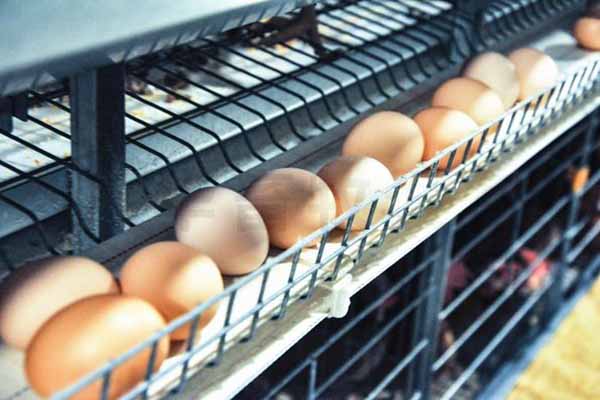Optimizing Layer Cages for 30,000 Birds in Tanzania: A Comprehensive Guide
Understanding the Scale of Layer Caging in Tanzania
In Tanzania, the poultry industry has seen significant growth, with layer farming becoming one of the most profitable ventures. With the capacity to house 30,000 birds, layer cages play a crucial role in ensuring efficient and profitable operations. This article delves into the best practices for layer caging systems, tailored for Tanzania’s unique market conditions.
Key Considerations for Layer Caging Systems
– Space Allocation: On average, each bird requires approximately 0.4 square meters of space. For 30,000 birds, this translates to 12,000 square meters of space.
– Ventilation: Proper air circulation is essential to maintain bird health. Ensure that your cages are well-ventilated to prevent diseases and maintain optimal temperature.
– Feeding and Drinking Facilities: Adequate feeding and drinking systems are crucial. Consider automated feeders and waterers to minimize waste and ensure birds receive a consistent diet.
– Egg Collection: Implement an efficient egg collection system to minimize breakage and reduce labor costs.
Layer Caging Systems for 30,000 Birds in Tanzania
To house 30,000 birds, you will need a comprehensive layer caging system. Here are some key elements to consider:
– Cage Design: Opt for sturdy, easy-to-clean cages made from corrosion-resistant materials. Ensure that the cages are of appropriate height to accommodate the birds comfortably.
– Automated Systems: Consider automated systems for feeding, watering, and egg collection to increase efficiency and reduce labor costs.
– Environmental Control: Implement an environmental control system to regulate temperature, humidity, and air quality.
Case Study: Successful Layer Caging System in Tanzania
A leading poultry farm in Tanzania successfully houses 30,000 birds using a state-of-the-art layer caging system. The farm has reported the following benefits:
– Increased Production: The farm has seen a 20% increase in egg production since implementing the new system.
– Reduced Costs: The automated systems have reduced labor costs by 30%.
– Improved Bird Health: The well-ventilated and hygienic environment has significantly reduced the incidence of diseases among the birds.
Conclusion
Investing in a well-designed layer caging system for 30,000 birds in Tanzania can lead to significant improvements in your poultry farm’s efficiency and profitability. By considering the factors mentioned in this article, you can create a successful layer caging system tailored to your farm’s needs.
For more information and to receive a free, customized chicken farm design and equipment quote, please leave a comment below or contact us directly.





